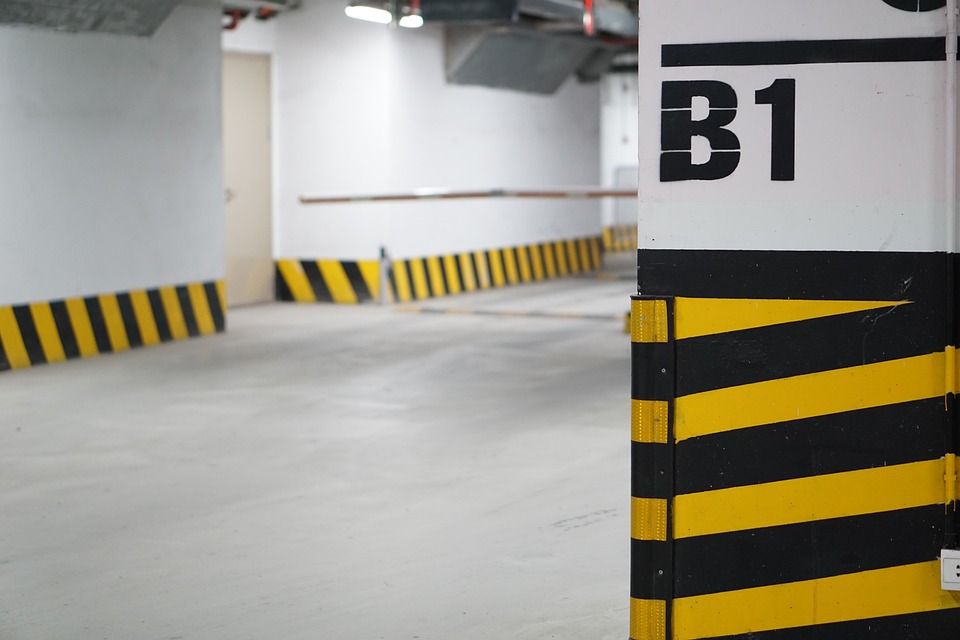How to Repair a Garage Door Opener: A Step-by-Step Guide
Introduction:
A garage door opener is an essential component for any homeowner with a garage. It allows for convenience and easy access to your vehicle or storage space. However, like any mechanical device, a garage door opener can experience issues and breakdowns over time. In this article, we will provide you with a comprehensive step-by-step guide on how to repair a garage door opener, so you can save time and money by fixing it yourself.
Step 1: Identify the Problem
The first step in repairing a garage door opener is identifying the problem. Is the door not opening or closing? Is it making strange noises? Or is it completely unresponsive? Understanding the specific issue will help you determine the necessary repairs.
Step 2: Check the Power Source
Before diving into any repairs, ensure that the garage door opener is receiving power. Check if the circuit breaker or GFCI (ground fault circuit interrupter) has tripped. If so, reset it and see if that resolves the problem. It is also worth checking if the power cord is properly plugged into the outlet.
Step 3: Inspect the Sensors
Garage door openers are equipped with photo-eye sensors that detect obstructions and prevent the door from closing on them. These sensors are crucial for ensuring safety while operating the garage door. Inspect the sensors to ensure they face each other and are clean. If they are misaligned or dirty, gently adjust them until the indicator lights turn on.
Step 4: Lubricate Moving Parts
A well-lubricated garage door opener operates smoothly and quietly. Inspect the moving parts of the opener, including the chain, rollers, and hinges, and apply a suitable lubricant to reduce friction. This simple step can often fix issues related to grinding noises or stuttering.
Step 5: Test the Remote Control
If the garage door opener is unresponsive to the remote control, check the batteries first. Replace them if necessary and ensure that the remote is within range of the opener. If the remote still doesn’t work, try reprogramming it by referring to your manufacturer’s instructions.
Step 6: Adjust Force and Limit Settings
Sometimes, the door may close or open too quickly, causing it to slam shut or fail to reach its fully open position. This issue can be resolved by adjusting the force and limit settings of the opener. Access these settings on the opener’s control panel and make small adjustments until the door operates smoothly. Refer to the manufacturer’s manual for specific instructions regarding your model.
Step 7: Test the Safety Reverse System
Proper functioning of the safety reverse system is crucial to prevent accidents or injuries. Place a solid object, such as a wooden plank, in the path of the closing door. If the door doesn’t reverse direction after making contact with the object, the safety reverse system is not working correctly. This can be due to misalignment or faulty sensors and will require further troubleshooting or professional assistance.
Conclusion:
Repairing a garage door opener can be a simple and cost-effective task with the right knowledge and guidance. By following this step-by-step guide, you can identify common problems and perform necessary repairs. However, it is important to remember that more complex issues or electric-related problems may require the expertise of a professional. Regular maintenance and care can also prevent future malfunctions and extend the lifespan of your garage door opener.
